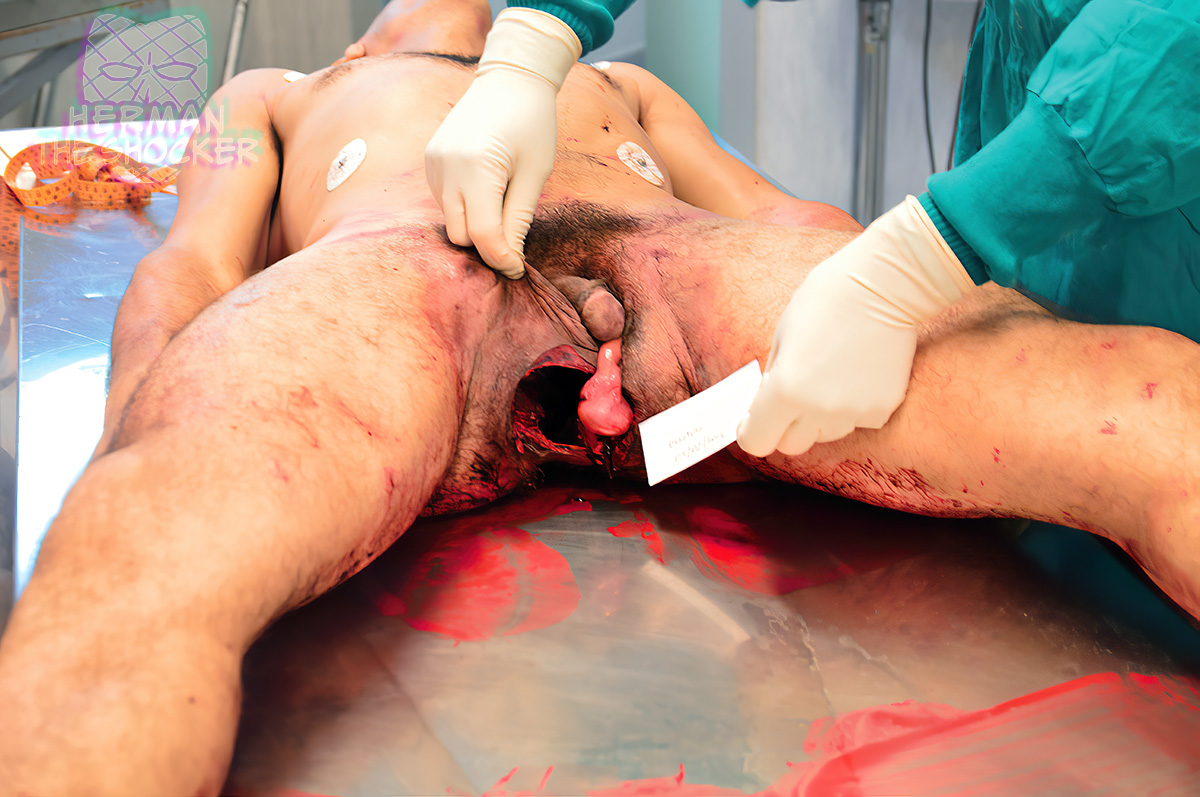Italy, 2014. A 41-year-old Spanish professional scuba diver, died while he was working to clear the wreck of the cruise ship Costa Concordia that capsized, and later sank in shallow waters after striking an underwater rock of Isola del Giglio, Tuscany, Italy in 2012. The death was due to him being crushed between the side of the ship and the arm of a crane.
Removal of the wreck was complicated by two important factors: the ship was the largest passenger ship in history, and it ran aground in a protected marine environment. For these reasons, the Italian government selected an expensive two-step process that has never been done on this scale: parbuckling and re-floating, the most complex and costly maritime salvage operation ever attempted. Initially, a floating accommodation support vessel tethered next to the wreck was installed.
Huge stabilizers named as “sponson” flotation tanks were installed to give the ship buoyancy. This floated in September 2013, exposing the severely damaged side that had been submerged for months. In 2014, many others divers started to work around the wreck. The operations included water sampling; removal of debris from the sponsons already installed on the left side of the wreck; preparation of the wreck for the installation of other 15 sponsons to be placed on the submerged right side; and installation of electric-pneumatic systems for the re-floating of the wreck.
During this phase, a professional diver with a SCUBA apparatus, was cutting a bar called davit weighing tons which held the lifeboat. The divers team was working at a depth of six meters. Usually the team is composed of three members, two of them go underwater in immersion while the other is on a ship close to the immersion site as a stand-by diver for emergency. The two divers immersed themselves to cut the portion of the davit that prohibited the re-floating of the ship. In this action one of the diver was working and the other one was on site for the safety of his own colleague.
The victim who was performing the cut between the davit and a cylinder was caught. The safety diver alerted the rescue immediately as he subsequently tried to free his colleague. Meanwhile the stand-by diver went underwater in order to help the two colleagues. After some maneuvers succeed in freeing the injured diver and bringing it to the surface following the safe-line. The injured diver was conscious until the two colleagues put him on the rescue ship. They then realized that the diver was bleeding and was no longer conscious. Paramedics performed RCP and by cutting the diving suit observed a wide fracture in the pelvic floor with a major hemorrhage and leakage of the testicles, due to the crushed trauma. No longer able to revive him the paramedic proclaimed him dead on the scene.
At the autopsy no foamy content was found in the trachea and main bronchi. No alcohol was found in the blood of the deceased. Neither signs of pulmonary barotrauma nor cerebral arterial gas embolism were found. Conjunctiva hemorrhage was absent. Mild brain oedema was seen. A deep lacerated wound in size of 5×2 cm (2″x0.8″) was seen on the pelvic floor, the pelvic organs and the colon were protruding through the wound. The autopsy confirmed that the cause of death was the massive hemorrhage subsequent to the wound caused by crush.
Latest posts














